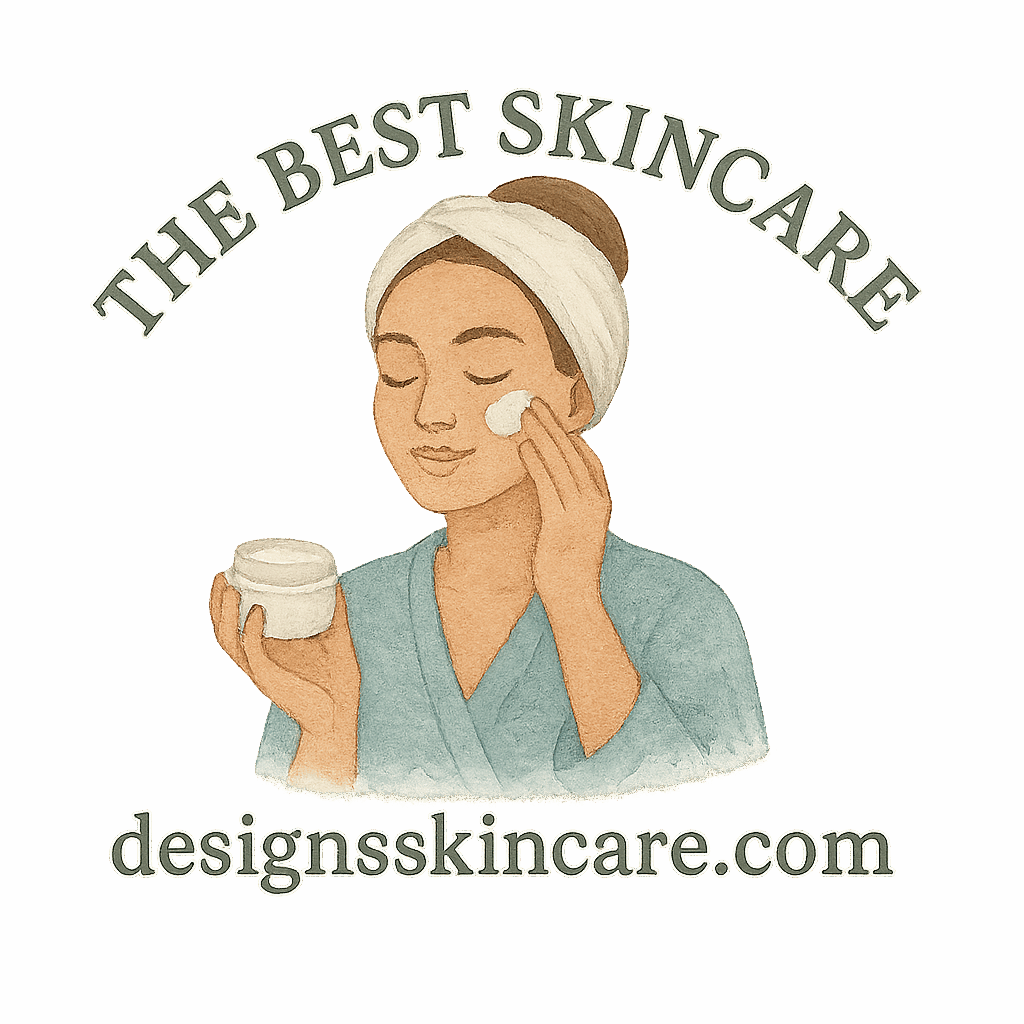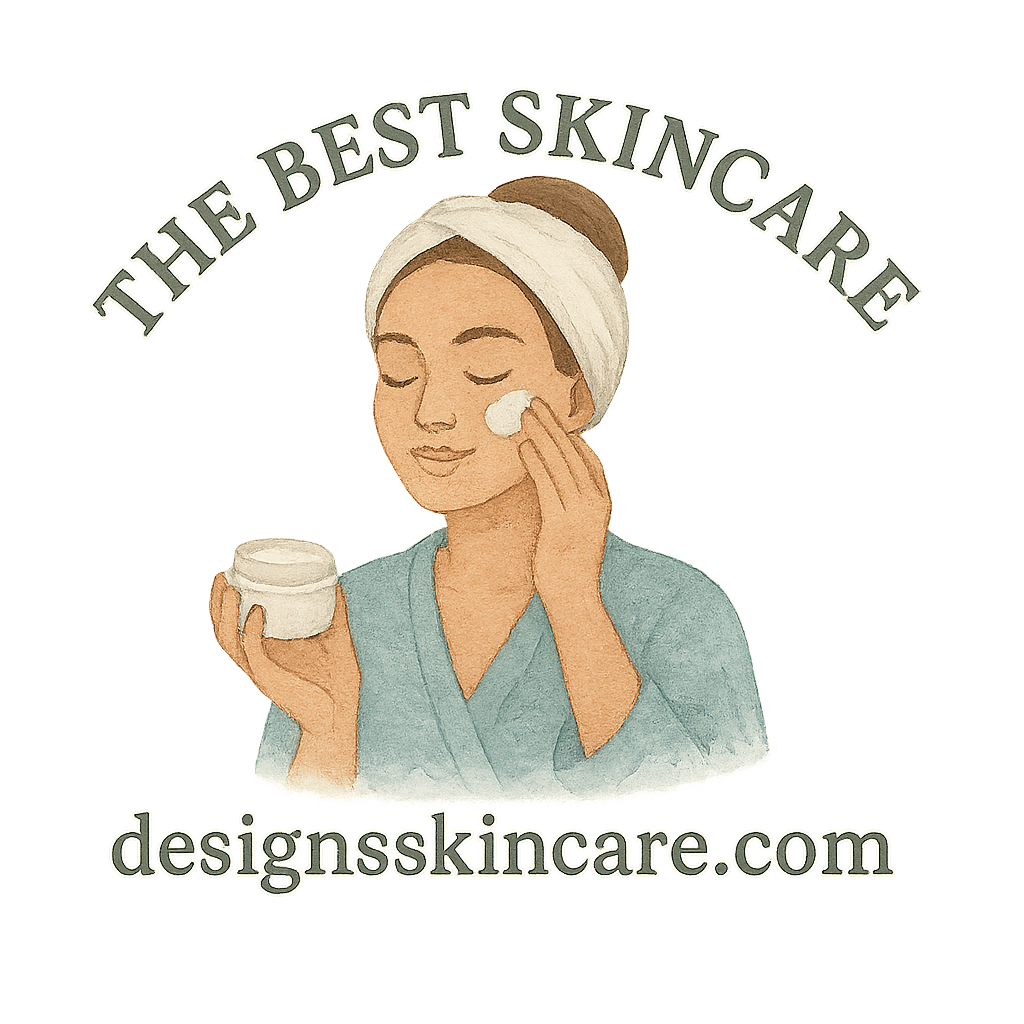Hormonal acne can be one of the most frustrating skincare concerns, especially when flare-ups seem to appear out of nowhere. Whether it’s a sudden breakout during your menstrual cycle or stress causing your skin to revolt, managing hormonal acne requires consistent care and the right products. In this guide, we’ll explore 7 skincare tips for hormonal acne flare-ups, and how you can incorporate them into your routine to achieve clearer, healthier skin.
Introduction
Dealing with hormonal acne is not just about clearing up a few pimples. It’s about managing a cycle of breakouts linked to hormonal changes in your body. Hormonal acne typically appears on the lower part of the face—think along the jawline and chin—and often worsens during certain hormonal shifts, like during menstruation or pregnancy. But don’t worry, with the right skincare tips and lifestyle changes, you can keep it in check.
What is Hormonal Acne?
Hormonal acne is a type of acne triggered by hormonal fluctuations. These changes can occur during puberty, menstruation, pregnancy, or even when stress hormones (like cortisol) surge. When your hormones shift, they stimulate the sebaceous glands in your skin, leading to excess oil production, which clogs pores and causes acne.
How Hormonal Acne Differs from Regular Acne
While typical acne can affect people at any age and is mostly caused by clogged pores, hormonal acne tends to appear more during specific times of the month. It is often deeper, cystic, and located on the lower part of the face. It can persist for longer periods and usually responds to hormonal treatments rather than topical solutions alone.
Why Hormonal Acne Flare-Ups Occur
Hormonal acne flare-ups don’t happen for no reason. Understanding why they occur is the first step toward preventing them.
The Role of Hormones in Acne Formation
Testosterone, one of the key hormones involved in acne, stimulates the production of sebum (skin oil). When testosterone levels rise—due to menstrual cycles, pregnancy, or other hormonal imbalances—this excess oil can clog pores and result in acne. The hormonal spikes that come with puberty or stress can also exacerbate the problem.
Key Triggers of Hormonal Acne
Several factors can trigger hormonal acne flare-ups. These include:
- Menstrual cycles: Hormonal fluctuations during the menstrual cycle are a common trigger.
- Pregnancy: Changes in hormones during pregnancy can cause acne.
- Stress: Elevated cortisol levels caused by stress increase oil production.
- Diet: High glycemic foods or dairy may worsen acne.
Understanding these triggers helps you reduce their impact by making better choices in your skincare routine and lifestyle.
Tip 1: Follow a Consistent Skincare Routine
A consistent skincare routine is one of the most important steps to controlling hormonal acne.
Importance of Regular Skincare for Acne
Having a regular skincare routine helps keep your skin clean, hydrated, and balanced. Cleansing your skin properly, removing makeup, and exfoliating can significantly reduce the likelihood of clogged pores and acne flare-ups.
Cleansing Your Skin Properly
To start your routine, use a gentle cleanser that suits your skin type. This step removes excess oil and impurities that could contribute to acne. For acne-prone skin, try using a cleanser containing salicylic acid to penetrate the pores and clear out impurities.
Exfoliating to Keep Pores Clear
Exfoliation is key for keeping pores free of dead skin cells that can trap oil and cause acne. Opt for a gentle exfoliant 2-3 times per week. Avoid harsh scrubbing that could irritate your skin and worsen acne.
For more on how to build the perfect skincare routine, check out our guide.
Tip 2: Choose the Right Skincare Products for Hormonal Acne
Not all skincare products are acne-friendly. It’s essential to pick the right products that won’t aggravate hormonal acne.
How to Select Acne-Friendly Products
Look for products labeled non-comedogenic, meaning they won’t clog your pores. Ingredients like salicylic acid, benzoyl peroxide, and niacinamide are great for treating hormonal acne. They work by reducing inflammation, killing acne-causing bacteria, and preventing clogged pores.
The Role of Non-Comedogenic Products
Choosing non-comedogenic products is a game-changer for acne-prone skin. When your skin is prone to breakouts, you need products that won’t add more stress to your pores.
For a list of products tailored for acne-prone skin, check out our skincare product guide.
Best Skincare Ingredients for Hormonal Acne
Some key ingredients to look for in your skincare products include:
- Salicylic acid: Helps deep clean pores and reduce acne.
- Benzoyl peroxide: Effective in killing acne-causing bacteria.
- Niacinamide: Reduces inflammation and redness caused by acne.
If you’re curious about skincare ingredients that can help with acne, explore our list of top picks.
Tip 3: Manage Your Stress Levels
Stress is one of the leading causes of hormonal acne flare-ups, so managing it is essential.
Connection Between Stress and Hormonal Acne
When you’re stressed, your body produces more cortisol, a hormone that stimulates oil production. This leads to clogged pores and acne. The mental stress of having acne can also worsen the cycle, making it harder to clear up your skin.
Simple Stress Management Techniques
To help manage stress, try incorporating activities like meditation, yoga, or even daily walks into your routine. Regular physical activity can lower cortisol levels and improve your overall well-being.
For more stress management tips, check out this article on healthy eating to keep both your body and mind in balance.

Tip 4: Focus on Hydration
Hydration is key to healthy skin, and it’s especially important if you suffer from acne.
Why Hydration Is Crucial for Acne-Prone Skin
When your skin is dehydrated, it can produce more oil to compensate, leading to clogged pores and acne. Keeping your skin hydrated helps balance oil production and supports your skin’s natural barrier.
How to Keep Your Skin Hydrated
Use a lightweight, oil-free moisturizer daily to hydrate your skin without clogging your pores. Drinking plenty of water throughout the day also helps maintain internal hydration.
For more tips on how to keep your skin hydrated, see our skincare guide.
Tip 5: Maintain a Balanced Diet
Diet plays a huge role in managing hormonal acne. What you eat can either exacerbate or help your skin.
Link Between Diet and Hormonal Acne
Certain foods can influence your hormones, potentially triggering acne. High-glycemic foods, like refined carbs and sugars, can lead to spikes in insulin, which in turn increases sebum production. Dairy has also been linked to acne in some people.
Best Foods to Include in Your Skincare Diet
Incorporate more whole foods, such as fruits, vegetables, and omega-3-rich fish. These can help control inflammation and support hormonal balance. For a more detailed skincare diet, check out our recommendations.
Foods to Avoid for Clear Skin
Try to limit your intake of sugary snacks, processed foods, and dairy products, as they can trigger acne flare-ups. Instead, focus on whole, unprocessed foods to nourish your skin from the inside out.
Tip 6: Consider Professional Skincare Treatments
If your acne persists despite at-home treatments, it might be time to seek professional help.
When to Seek Professional Help
A dermatologist can assess the severity of your hormonal acne and offer customized treatments, such as prescription medications or chemical peels.
Treatments for Hormonal Acne
Common treatments include:
- Topical treatments like retinoids and benzoyl peroxide.
- Oral medications, such as birth control or spironolactone, which regulate hormones.
- Chemical peels: These help exfoliate and clear up deep-seated acne.
If you’re looking for professional guidance, check out our skincare guide.
Tip 7: Be Patient and Consistent
Managing hormonal acne takes time, so be patient and stay consistent with your routine.
Why Patience Is Key to Managing Hormonal Acne
It can take weeks to see results, so don’t expect instant changes. Stick to your routine, and keep your expectations realistic. Over time, you’ll see fewer and less severe breakouts.
How Long Should You Wait to See Results?
Typically, it takes about 4 to 6 weeks to see noticeable improvements. If you don’t see results after a few months, consider consulting a dermatologist.
Conclusion
Hormonal acne can feel like a never-ending battle, but with the right skincare habits, you can manage flare-ups effectively. Consistency in your routine, the right products, stress management, and a healthy diet all play vital roles in minimizing outbreaks. Keep these tips in mind, and you’ll be on your way to clearer, healthier skin.
Frequently Asked Questions (FAQs)
- How long does hormonal acne last?
- Can diet really affect hormonal acne?
- What is the best skincare routine for hormonal acne?
- How can I manage stress to prevent acne flare-ups?
- Are there any over-the-counter products that help with hormonal acne?
- Can hormonal acne occur in your 30s?
- When should I see a dermatologist for hormonal acne?


